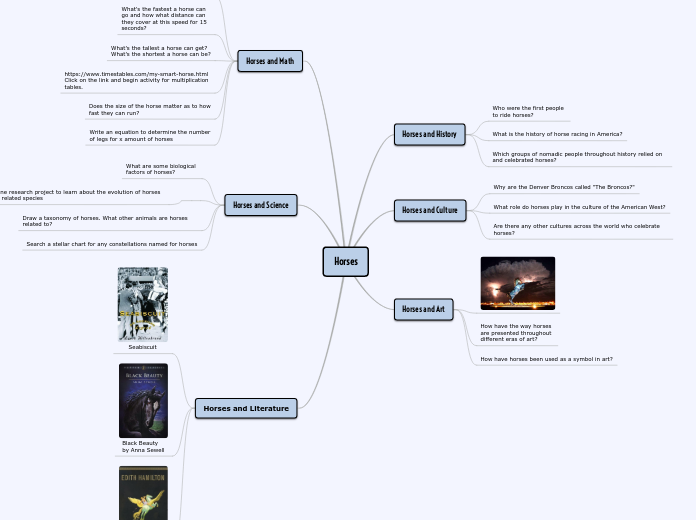Jelly Fish
Chemistry
Mucus
a gelatinous substance
reduce friction in the water
Photoprotein
can emit light with calcium ion Ca2+
consist of a protein component and a non-protein component
chromophore : undergoes a chemical reaction to emit light
Proteins
composed of amino acids
vital in the structure and function of their cells and tissues
Molecular Composition
carbon, hydrogen, oxygen, nitrogen, phosphorus, and sulfur
Composition
95% to 98% of their body mass is water
Optics
Scattering
diffuse illumination within the jellyfish
due to irregularities in the jellyfish's tissue
variations in density or surface structures
Refraction
index between their tissues and the surrounding water
bending and redirection of light rays
Photoproteins
can determine the color and intensity of the emitted light
undergo a chemical reaction
emits light with entry of calcium ions
produce light through the action of photoproteins within their photocytes
Bioluminescence
serves purposes like attracting prey, repelling predators, and communication
production of light by specialized cells called photocytes
emit light in various colors (e.g., green, blue, and sometimes red)
Transparency and Light Transmission
interact with light in various ways
can fluoresce when illuminated by ultraviolet (UV) light
sensitivity to specific wavelengths
enables jellyfish to transmit light throughout their bodies
allows light to pass through with minimal scattering or absorption
can still undergo scattering or absorption
high transparency due to their gelatinous bodies
Biology
Digestive System
Digestive enzymes
break down the food
nutrients are then absorbed into the jellyfish's body for energy
rudimentary digestive system
gastrovascular cavity
prey is brought to here
Muscular System
Circular and radial muscles surround their bell and tentacles
tentacles contain muscles that enable them to extend, contract, and move
Nervous System
perform simple behaviors like swimming and feeding
It allows jellyfish to respond to light or touch
coordinates basic sensory and motor function
decentralized nerve net
interconnected neurons that transmit electrical impulses
Movement
pulsating motion
achieved by contracting and relaxing the muscles surrounding the bell
Life Cycle
both sexual and asexual reproduction
polyp stage
reproduce asexually by budding
medusa stage
release eggs and sperm for sexual reproduction
Body Structure
5% percent of jellyfish bodies are made of structural proteins, muscles, and nerve cells
gelatinous and umbrella-shaped body called a bell
tentacles used for capturing preys
transparent and composed mostly of water
divided into an exumbrella and subumbrella surface
Rhopalia
contain light-sensitive cells called photoreceptors
allow jellyfish to detect light and perceive their environment
Ecological Significance
evade predators
members of phylum cnidaria
blend in with their surroundings









